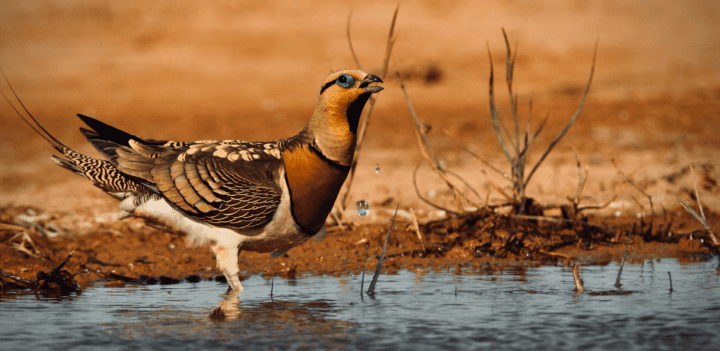Modify Material Characteristics
The materials found in living systems are variable, yet often made from the same basic building blocks. For example, all insect exoskeletons consist of a material called chitin. Because material resources are limited, each material within or used by a given living system must frequently serve multiple purposes. Therefore, living systems have strategies to modify materials’ softness, flexibility, and other characteristics. To ensure survival, the benefits of these modifications must outweigh the living system’s energy and material expenditure to generate them. For example, spiders store the liquid components of spider silk in a gland, converting them into silk thread when needed. Some threads have different characteristics, such as elasticity and UV reflectance, than others.
Chemically Break Down Organic Compounds
The vast majority of biochemical assembly and breakdown processes–even by the most complex organisms–occur within cells. In fact, cells are able to perform hundreds, even thousands of chemical transformations at the same time under life-friendly conditions (ambient temperature and pressure in an aqueous environment). Part of the reason that decomposition reactions (chemical breakdown) can occur under such mild conditions is because most often, they occur in a stepwise, enzyme-mediated fashion, sipping or releasing small amounts of energy at each step. For example, the breakdown of glucose to pyruvate–and the release of energy–occurs in the 10-step enzyme catalyzed process of glycolysis.
Protect From Microbes
In living systems, microbes play important roles, such as breaking down organic matter and maintaining personal and system health. But they also pose threats. Bacteria can be pathogens that cause diseases. Some bacteria create colonies called biofilms that can coat surfaces, reducing their effectiveness–for example, inhibiting a leaf’s ability to photosynthesize. Living systems must have strategies for protecting from microbes that cause disease or become so numerous that they create an imbalance in the system. At the same time, living systems must continue living in harmony with other microbes. Some living systems kill microbes. Others repel without killing to reduce the chances that microbes will adapt to the lethal strategy and become resistant to it. For example, some pea seedlings exude a chemical that inhibits biofilm buildup.
Maintain Homeostasis
When a living system is in homeostasis, it means that internal conditions are stable and relatively constant. For example, a human’s internal temperature is approximately 37 degrees Celsius (98.6 degrees Fahrenheit) unless there’s an illness. The human body maintains this temperature despite external ambient temperature. However, as with all physiological processes, maintaining homeostasis requires communication and coordination. So living systems have ways to detect changes from the norm, mechanisms to cause an adjustment, and negative feedback connections between the two. A desert lizard called the Gila monster offers a good example of maintaining homeostasis. The lizard goes from eating large meals to fasting for extended time periods. To maintain its blood sugar levels at a steady level, when food is scarce, its endocrine system releases a hormone that raises its blood sugar levels.





